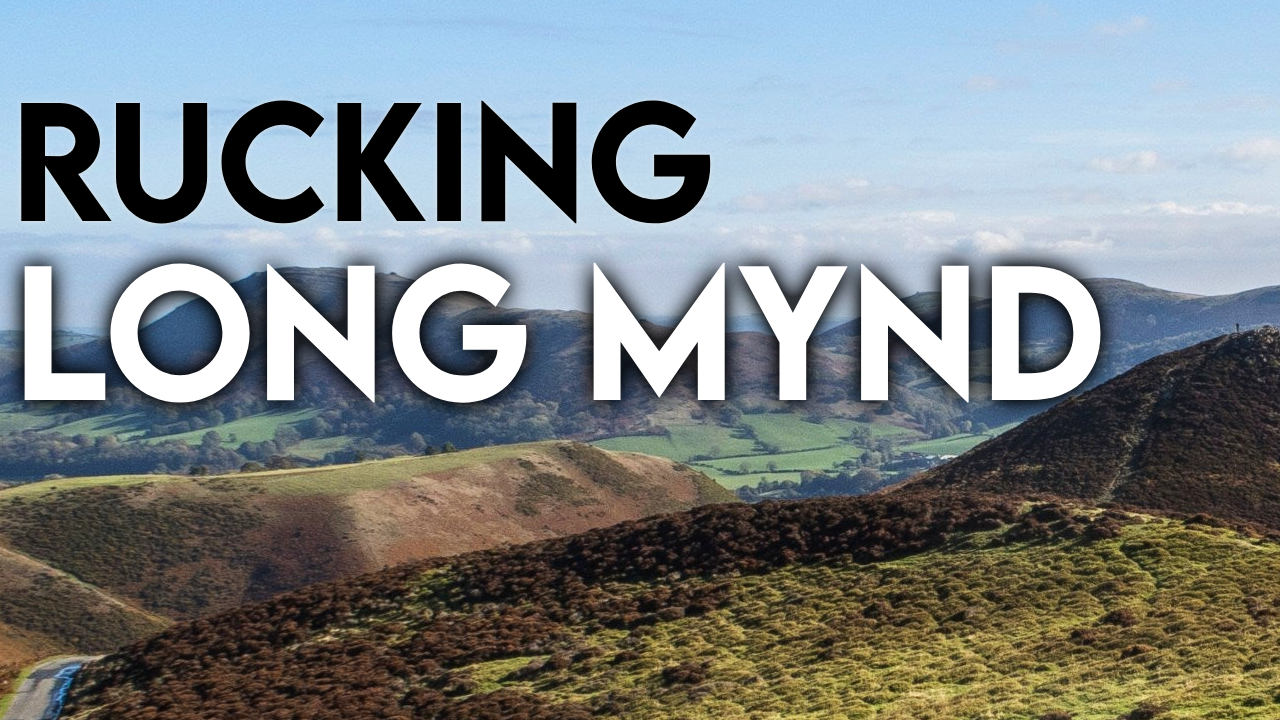
Rucking in Carding Mill Valley and the Long Mynd: A Classic British Trek
Carding Mill Valley and the Long Mynd have long been a go-to for walkers, hikers, and anyone craving a bit of old-English countryside underfoot. But for those of us into rucking – blending endurance with a pack on our back or a weighted vest – it’s a truly rewarding landscape that offers both challenge and charm.
A Walk Through History
Carding Mill Valley isn’t just a scenic spot – it’s layered with history. The valley takes its name from the carding mill that once processed raw wool in the 19th century. It's now under the stewardship of the National Trust, but the industrial heritage echoes quietly through the landscape. You’ll see traces of Victorian engineering, old reservoir systems, and stone paths that remind you this land has seen centuries of activity, work, and weather.
The Long Mynd (meaning "long mountain") is a heath and moorland plateau that spans around 7 miles. Used since prehistoric times and referenced in old land records, it’s not just a walk – it’s a connection to England’s deep rural past.
Route Highlights and the Beauty of Lightspout Falls
Several routes thread their way through the valley and up onto the Mynd, but one of the most popular – and for good reason – takes you up past Lightspout Falls. This narrow cascade is both picturesque and a useful checkpoint, marking the point where the terrain starts to open up and challenge your stamina.
From there, you can push onward up the steep-sided valley, gaining elevation quickly. The air thins slightly, and the views start to widen – over the Stretton Hills, out toward Wales. This is where rucking comes into its own: pack weight, elevation gain, and rough terrain combine to make it real work.
Commons, Grazing, and Traditional Land Use
As you rise above the valley, you enter the open commons of the Long Mynd – an area steeped in traditional land use. These lands are still actively grazed by sheep and wild ponies, and you'll often see them scattered across the hillsides. It’s not manicured countryside – this is working land, shaped by centuries of pastoralism. It’s rugged, raw, and very real.
These commons are a good reminder of why we ruck here: to experience something that’s physically demanding but grounded in place and history. You're not on a treadmill or an Instagram trail. You're on a working hill with ancient rights and traditions still alive.
Why It’s a Top Spot for Rucking
Rucking is all about load-bearing over distance, and the Long Mynd delivers both – with altitude thrown in. Steep inclines, water crossings, moorland tracks, and weather that can turn on a sixpence – all of it makes for a proper session. You can tailor the route for distance, but even a short climb from the valley will tax your legs and lungs if you’re carrying a decent pack.
But with the challenge comes the reward: isolation without being remote, variety in terrain, and a sense of place you don’t get on polished national trails. You finish your session feeling like you’ve earned the views – and maybe even a pint in Church Stretton afterward.
Carding Mill Valley and the Long Mynd offer the kind of rucking experience that nods to tradition: no-nonsense paths, unspoiled land, and an honest day’s effort. If you’re looking to test yourself in one of England’s most timeless landscapes, this is the place to do it.











